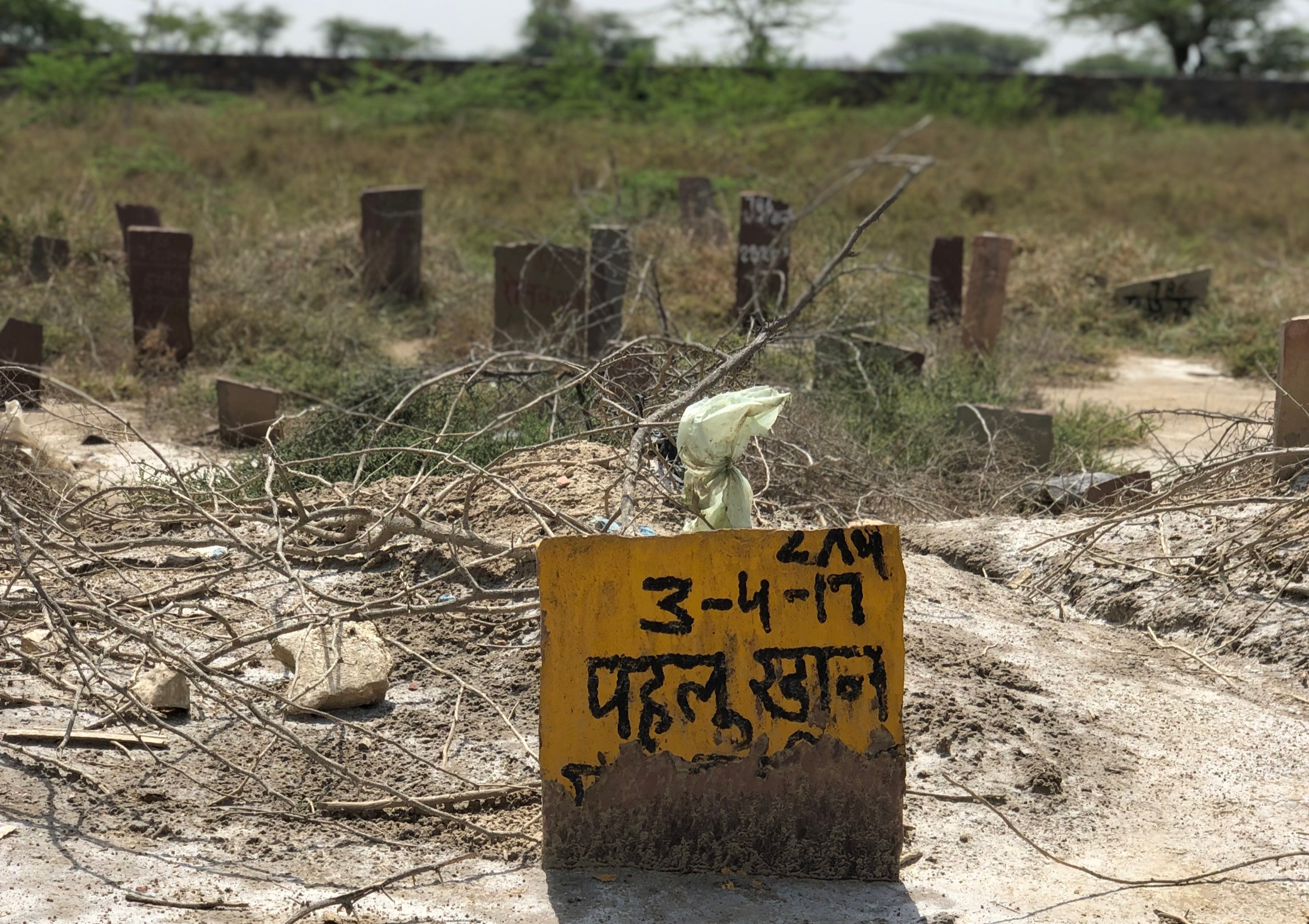Mumbai: After peaking in 2018 at 92 incidents, with 29 dead, hate crimes by religious bias in India fell 72% to 26 incidents and seven killed in 2019, according to Hate Crime Watch, an independent database that has tracked hate crime in India over a decade.
Most hate crime recorded--or 287 (95%)--was before Prime Minister Narendra Modi’s re-election in 2019, when the Bharatiya Janata Party secured more seats than it did in the previous term.
Between 2009 and 2019, India recorded 303 hate crimes motivated by religious bias: 102 persons were murdered and 747 injured, according to Hate Crime Watch.
About 92% or 278 incidents recorded since 2009 took place after 2014 when Prime Minister Narendra Modi’s Bharatiya Janata Party (BJP) first came to power.
Muslims, who make up 14% of India’s population, accounted for more than half (60%) of the victims targeted in these attacks. Other minority groups such as Christians (2%) and Sikhs (1%) accounted for another 15%.
Hindus, 79.8% of India’s population, were victims in 14% of cases. In 30 cases, the religious or ethnic identity of the victim was unknown.
In 217 cases in which the religion of the alleged perpetrator was known, 82% of the suspects were Hindu (178 cases), according to Hate Crime Watch data. In 17% or 36 cases, the attackers were Muslim. In two cases, the attackers were Sikh.
Most Common Excuse For Hate Crime Is Cow Protection
Cow-protection featured as the most common reason for hate crime recorded by the database.
While Hate Crime Watch recorded 134 attacks over cow-protection between 2010 and 2019, 82 or 61% of these specifically qualified as hate crimes, with perpetrators and victims belonging to different religions, the data show.
Up to 86% (236 incidents) of hate crime over the decade was recorded in Modi’s first term.
Prior to Modi’s re-election in May 2019, between May 2014 and April 30, 2019, 99 persons were killed and at least 703 injured across 23 of 36 states and union territories (UTs) in India.
Cow protection was also the leading reason for attacks motivated by religious bias post-2014, with 77 such hate crimes recorded. The other leading reasons for hate crime were opposition to interfaith relationships (15%) and communal clashes (10%).
More than half of the 23 states and UTs reported their first hate crime this decade only after 2014. These include: Assam, Bihar, Delhi, Gujarat, Jammu & Kashmir, Jharkhand, Manipur, Meghalaya, Chhattisgarh, Tamil Nadu, Telangana and Uttarakhand.
In eight of them, the BJP went on to form a government or join the ruling coalition in assembly elections after the 2014 general elections, according to my analysis of Hate Crime Watch data.
In Chhattisgarh, the BJP had already been in power for three terms but lost December 2018 assembly elections to the Congress. The tribal state has not recorded a hate crime since.
Minorities Targeted Before Modi, But Not As Frequently
Minorities were targets before Modi took charge but not as frequently.
Between January 2009 and May 23, 2014, under the Congress-led United Progressive Alliance government, India recorded 25 hate crimes motivated by religious bias across 12 states.
In these hate crimes, three persons were killed and 17 were injured.
Minorities formed 84% of the victims: Christians were victims in 56% of cases (16 cases), Muslims in 24% (6 cases), and in one case, the victim was a Sikh.
Hindus were victims in 12% or three cases. In six hate crimes, the religion of the perpetrator was not known.
The perpetrators of this violence then too were overwhelmingly Hindu.
Of the 11 cases in which the religion of the alleged perpetrator was known, 84% of cases involved Hindus (16 cases), according to Hate Crime Watch. In 11% or two cases, the attackers were Muslim. In 5% or one case, the attacker was Sikh.
The most frequent reason (36%) for hate crime attacks prior to 2014 was religious conversion (nine cases).

What is a hate crime? Why is it counted?
Hate Crime Watch defines hate crimes as those motivated partly or wholly by prejudice against the religion of the victim(s).
India’s National Crime Records Bureau (NCRB) collates information on a wide range of crimes, but unlike many other countries, it does not categorise or count hate crime. This contrasts with official data-collection in democracies with diverse populations, such as the United States and the United Kingdom, where the state is required to publish regular reports on hate crime.
The data collection for Hate Crime Watch is modelled on other similar experiments across the world. In this first phase, the database collated and cross-verified reports of religious hate crime from English language print and online media sources. Every incident is now physically verified as well, with reporters running through a 45-question checklist to ensure an incident meets the hate-crime definition.
While we did initially consider including caste violence, encounter killings and terror incidents, we zeroed in on religious hate crime because the NCRB already collects data on the other categories of violence mentioned above. However, religious hate crimes are lost under various sections, such as rioting, arson and attempt to murder or murder, which makes it difficult to estimate the scale of violence.
(Alison Saldanha is a master’s candidate specializing in social justice and investigative reporting at the Medill School of Journalism, Northwestern University. She was part of the team that ran Hate Crime Watch)

